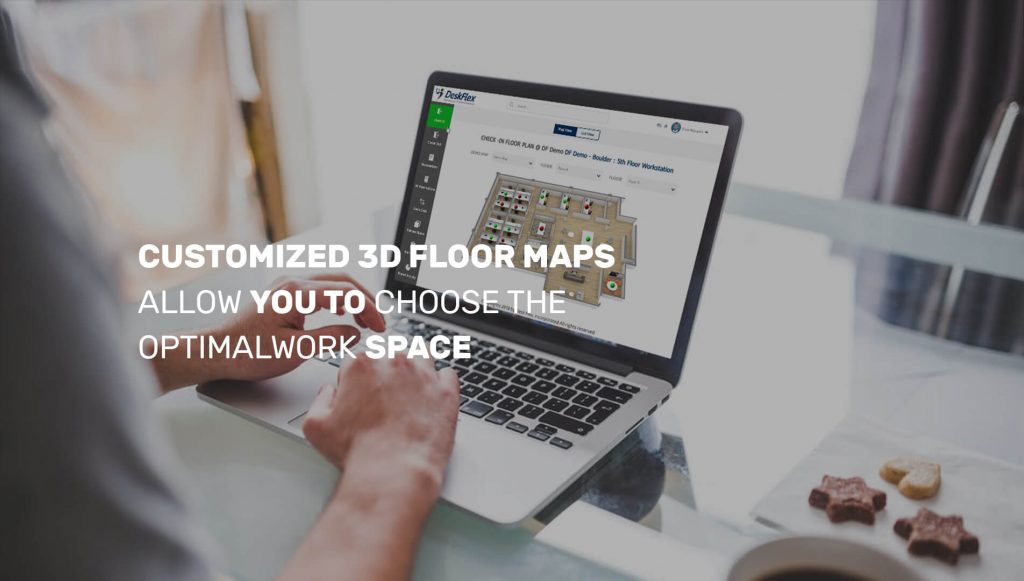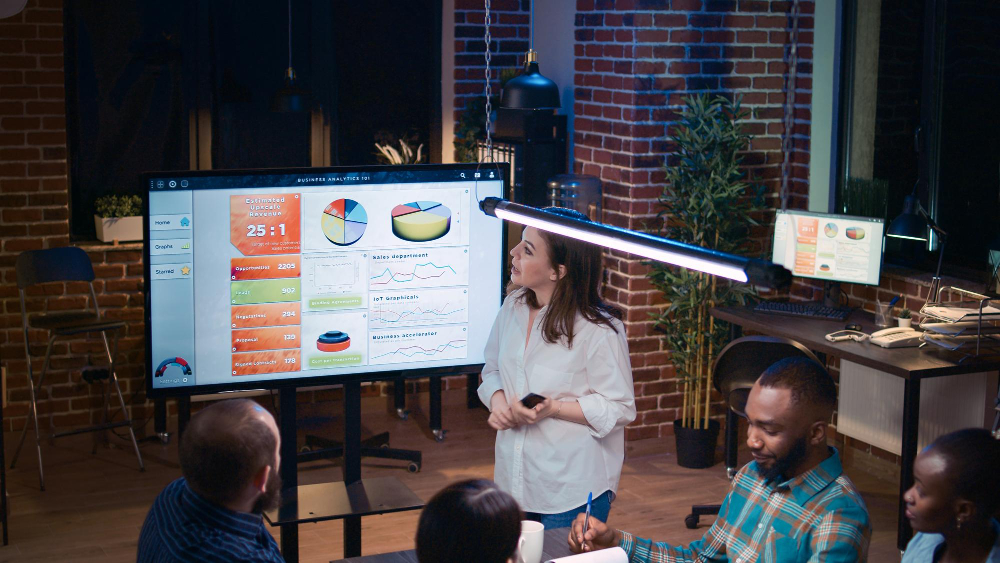Blog

Using Workplace management software in a post-COVID world
Traditionally, employees and employers used room booking software as a supplemental tool to overall workplace management. Staff would usually consult the Microsoft Outlook or Exchange calendars of their colleagues, and then use supporting workplace management software and schedulers to reserve assets, such as meeting facilities. However, the new post-COVID work world is likely to change that.
The new paradigm of workplace management
Because of post-COVID corporate social distancing protocols, workspace availability, and not people schedules will be the dominant factor in managing the workplace. It is highly likely that work-from-home might still be the dominant theme for many workers. So, when people do plan to visit the office, staff will have to learn to schedule important workplace sessions, like meetings and workout sessions, based on workspace constraints.
SCHEDULING ROOMS AND CUBICLES
A dominant tool in the new workplace will be room scheduling software. As team members plan to hold sessions on-premises, they’ll first check to see whether appropriate conference space, meeting rooms or cubicles and workstations are available. Then, and only then, are they likely to check invitee schedules.
So, what are the underlying factors that will lead to this change in workplace etiquette? Well, there are several reasons why this new way of managing the workplace will take effect:
1) Remnants of “work from home”: In a pre-COVID world, everyone was in the office, and that made planning and organizing workplace sessions that much easier. With work-from-home likely to be prevalent for the foreseeable future, event organizers will need to better manage existing workspaces. For instance, why book a 15-seat capacity conference room, when only 2 attendees will be physically present at the office?
And if 15 participants are likely to attend in person, how do you enforce social distancing in a full-to-capacity (15-room) conference room? You’ll need to make alternate arrangements – like perhaps accommodating spill-over participants in nearby vacant cubicles. To pull that off, you need supporting workspace management software.
2) Limitations of “back to work”: Another driving force behind changing norms for workplace management is likely to be the need to frequently sterilize, disinfect and clean work place components, including cubicles, desks and other workspaces. To do so, in the interest of maintaining safe workplaces, office managers may need to shut down parts of their workspaces periodically.
The challenge now is to schedule in-person sessions based on facility maintenance schedules. A 15-capacity conference room might not be scheduled for use by another team. Yet it remains “unusable” for the upcoming workout session. So, how does one work around that workspace management challenge?
Adding flexibility to workspace management
The use of flexible room management and reservation software, in concert with Room Display Touchscreens, could be the perfect answer. These online, internet-connected, WiFi-enabled devices from DeskFlex allow event planners to decide upon the best time to schedule an event.
Additionally, MS Exchange and Outlook integration ensures that sessions are scheduled, and workspace reservations made. Only around “usable” facilities – ones that aren’t booked by other teams. And those that aren’t marked “reserved” or “unavailable” due to scheduled cleaning and disinfection.



















































 Support
Support  Demo
Demo  Blog
Blog 


